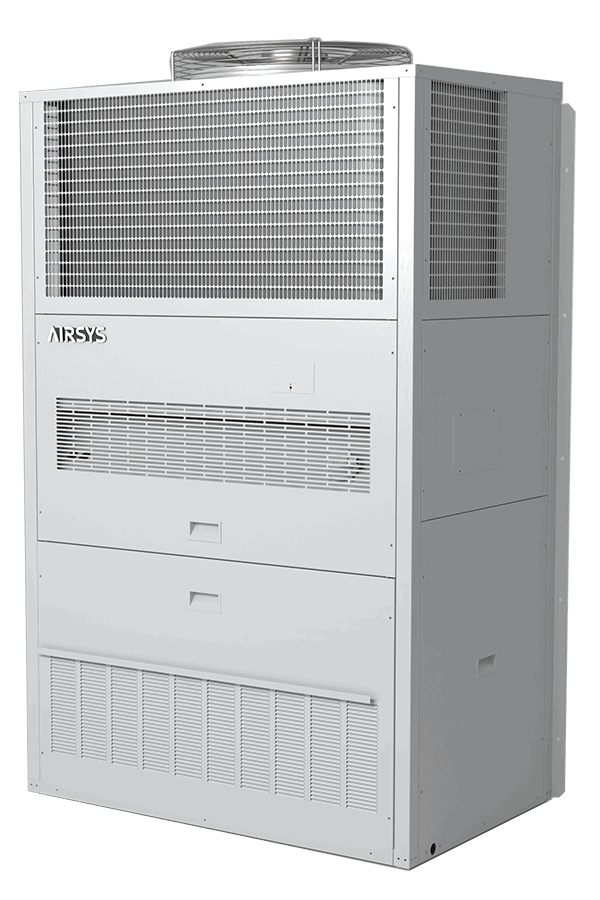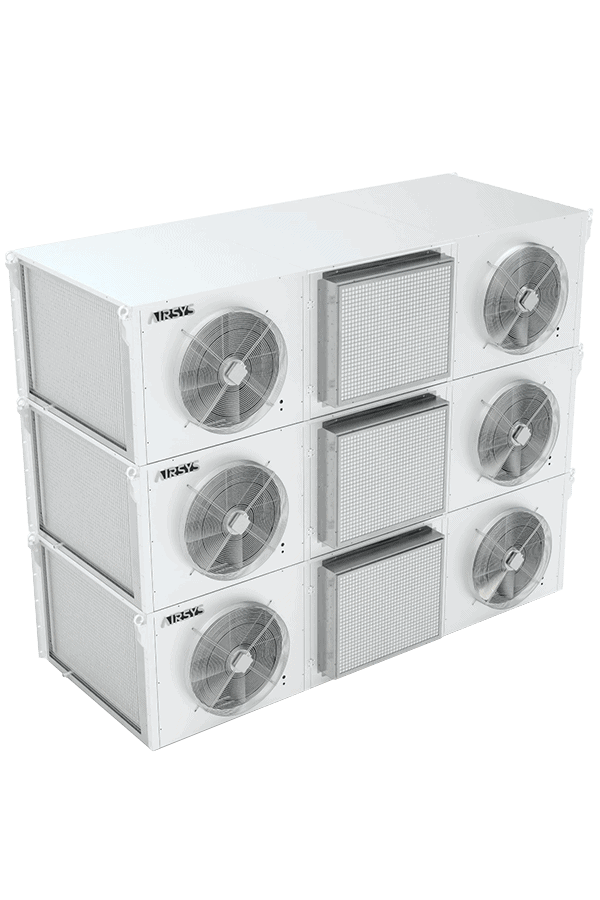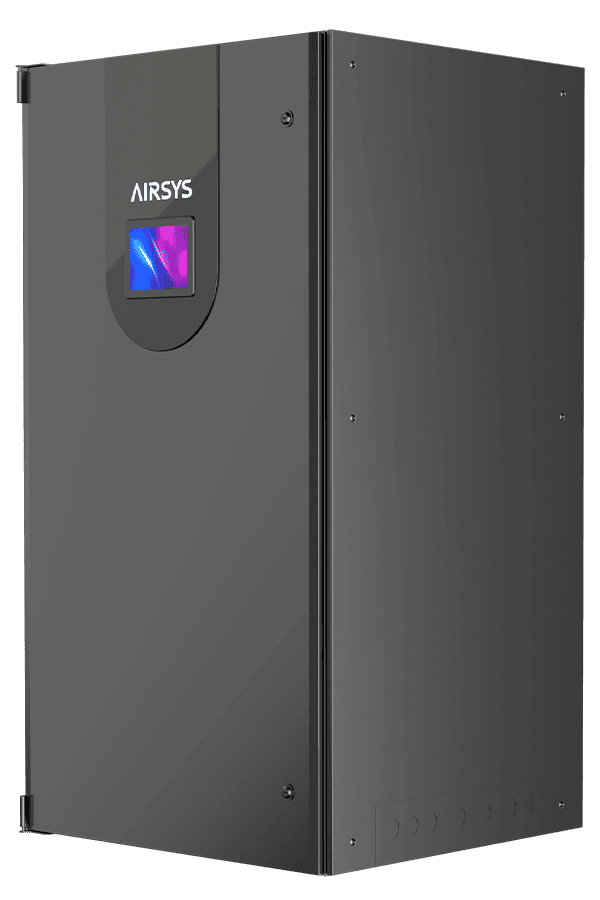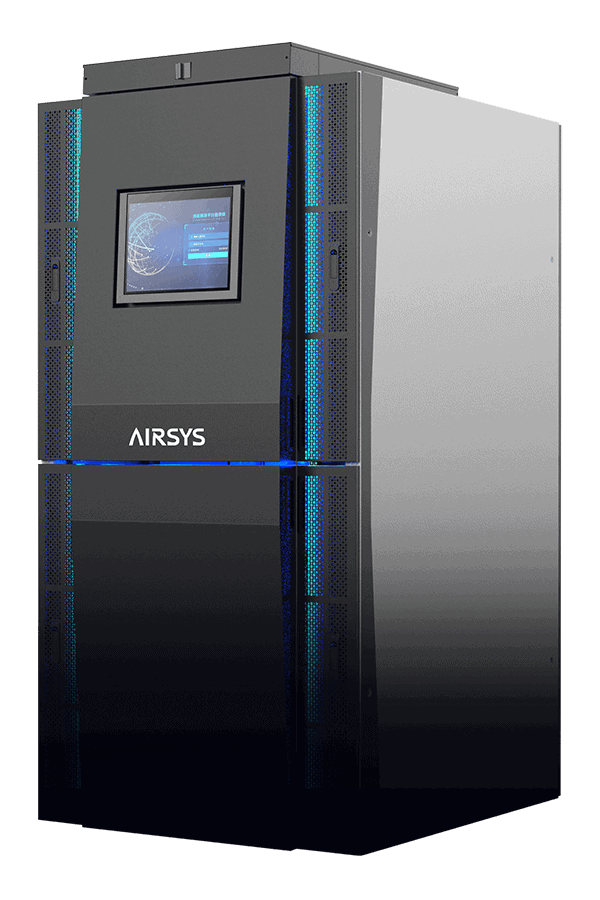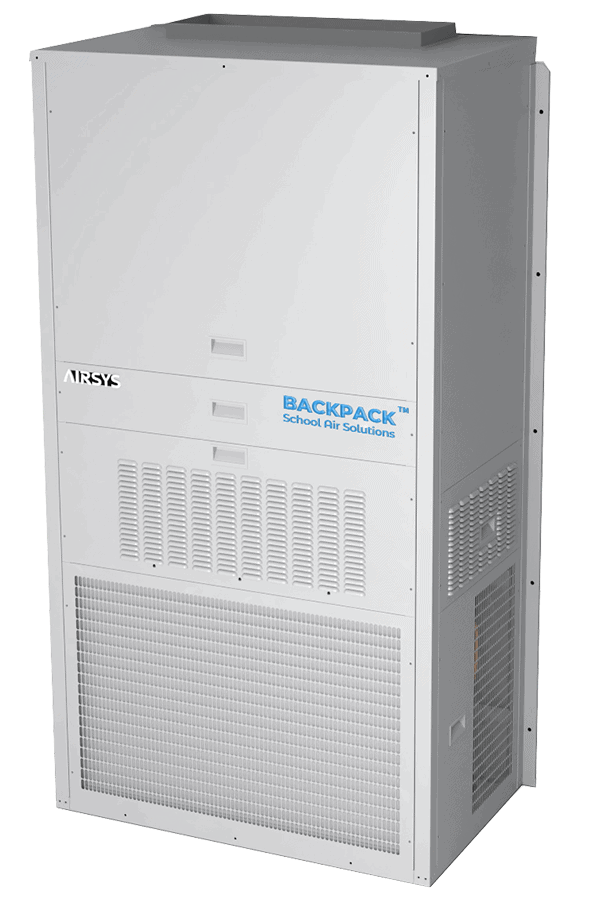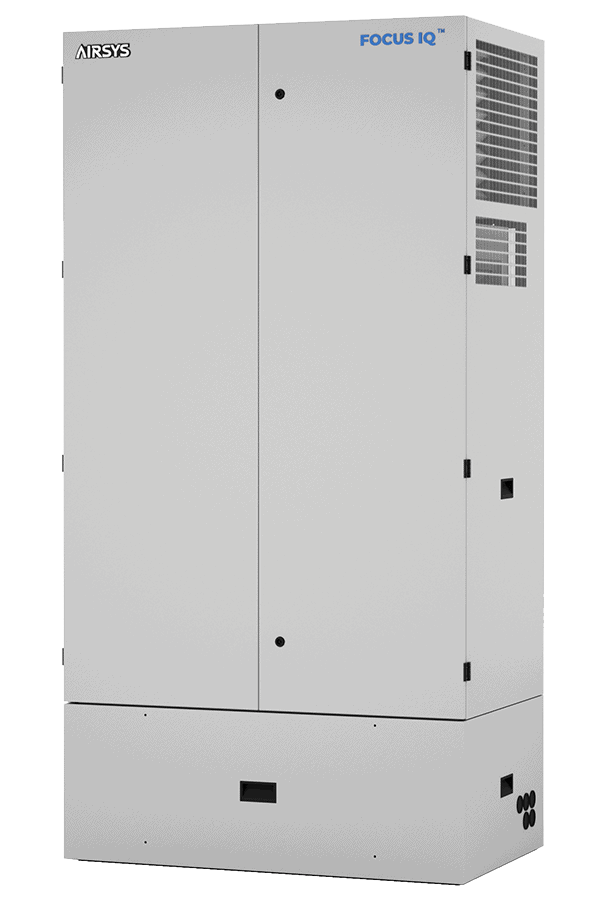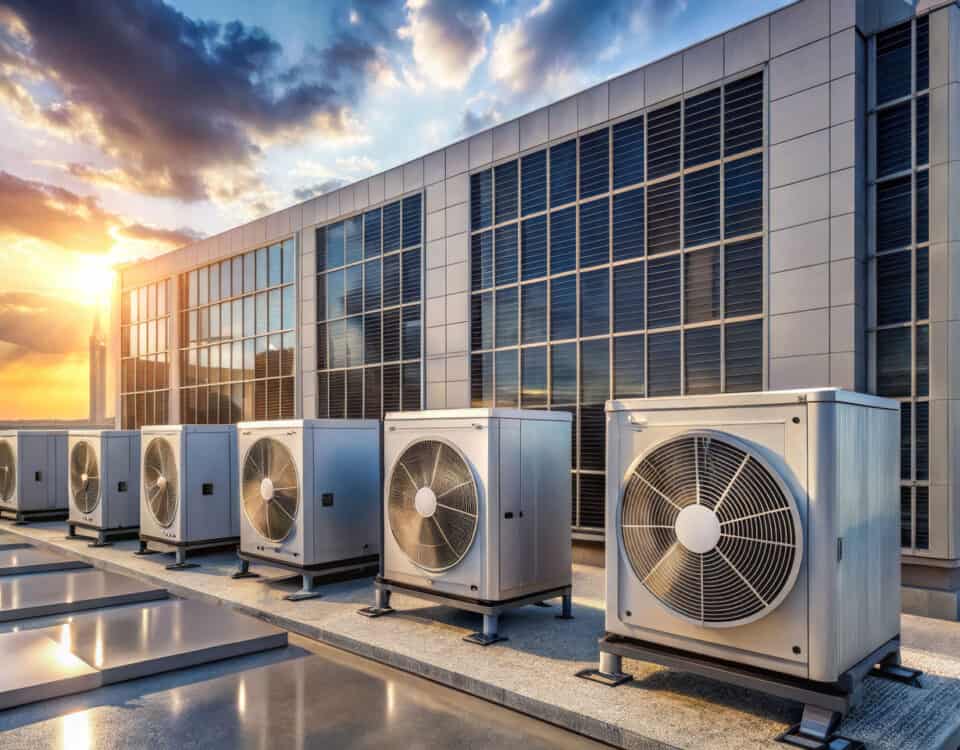
Celebrating Earth Day: The Cooling Industry’s Green Revolution
April 22, 2025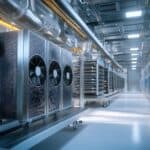
Why Air Cooling Continues to Power Data Centers
May 20, 2025Can you work productively in a hot, stuffy, and poorly ventilated room? The answer is probably not, and much of it has to do with the HVAC system. When these systems fail to maintain optimal temperature control and Indoor Air Quality (IAQ), building occupants are exposed to air pollution, mold, dust, pesticides, harmful gases, and asbestos. The stakes are exceptionally high in schools, where younger students inhale more air relative to their body weight than adults, making them more vulnerable to the negative impacts.
Even though many schools still rely on outdated HVAC systems, modern air solutions are designed to meet the unique needs of educational facilities. Replacing outdated, noisy, and inefficient HVAC units with modern air solutions creates a healthier and more comfortable learning environment for both students and teachers, making a school’s HVAC upgrade not only feasible but also beneficial.
A Win-Win Situation
Replacing an entire school’s HVAC system is, undeniably, a complex project that requires careful planning and preparation to minimize disruption to school life. Acknowledging that, and given the significant financial commitment involved, schools often prefer to delay or avoid these upgrades altogether. However, this represents a short-sighted view of the situation.
The reality is that school HVAC modernization, despite temporary challenges, delivers tangible advantages that enhance nearly every aspect of school life. School operators can move beyond the mindset of ‘doing it just because we have to’ or ‘for students’ health’ and recognize that the administration itself has much to gain from these improvements.
In other words, school HVAC modernization is a strategic investment, creating a win-win situation for students and management alike, with benefits relevant to each stakeholder’s unique needs and priorities.
The Benefits of Modernizing Schools’ HVAC Systems
Improved Learning Environment and Academic Achievements
Modernizing schools’ HVAC systems is, quite literally, a breath of fresh air with an immediate and profound impact on indoor air quality (IAQ).
What does it look like in the classroom?
Better IAQ leads to fewer respiratory issues, asthma attacks, and flu outbreaks — key factors in minimizing absenteeism. According to the American Lung Association, asthma alone causes approximately 13.8 million missed school days each year. Additionally, modern HVAC systems contribute to quieter, more focused classrooms.
When both teachers and students maintain better attendance and work in a conducive learning environment — where teachers can instruct without competing with HVAC noise and students can concentrate without distractions — learning continuity improves. The result is enhanced knowledge retention, better academic outcomes, and a more engaging educational experience.
Energy Savings
Energy savings represent one of the most compelling benefits for school management considering HVAC modernization. After teacher salaries, energy bills are the second-largest expense for K-12 schools, with HVAC systems alone accounting for nearly half of that energy use. This makes HVAC modernization a strategic move for budget-conscious school administrators. Schools that switch to efficient HVAC systems can reduce their energy consumption by up to 80%, leading to substantial annual savings.
A real-world example of these savings can be seen in Wisconsin’s Sun Prairie Area School District, which saved $1.9 million annually (and $15 million over 16 years) through energy-efficient HVAC upgrades such as ground-source heat pumps. These savings were invested into student technology resources and teacher salaries, demonstrating how HVAC modernization can free up funds for other critical school needs.
Improved School Reputation
Modern HVAC systems enhance schools’ reputations across multiple levels:
- Health & Safety: Upgrading HVAC systems ensures compliance with IAQ standards and health regulations, demonstrating a proactive approach to student well-being.
- Sustainability & Compliance: Schools implementing energy-efficient HVAC solutions align with environmental policies, reinforcing their role as responsible institutions.
- Academic & Public Perception: Better IAQ and comfort improve student performance, leading to higher school rankings and stronger public perception.
High Return on Investment (ROI)
Ultimately, all the benefits listed above translate into financial returns. This is remarkable, as financial considerations are often the reason why schools hesitate to embark on HVAC modernization. To be exact, the financial return is achieved through two primary ways:
- Direct Cost Savings: Modern HVAC systems lower energy bills, reduce maintenance expenses, minimize emergency repairs, and extend equipment lifespan — all of which reduce operational costs.
- Indirect Funding Opportunities: Schools with improved reputations and healthier environments attract higher enrollment rates, high-quality faculty members (especially important given the national teacher shortage), and greater financial support from donors, businesses, and grants.
Over time, these combined financial benefits can offset the initial investment, creating a self-sustaining savings cycle and continuous improvement. So, by modernizing their HVAC systems, schools not only enhance daily operations but also secure long-term financial and academic success.
Industry Insights: NSPMA 2025 Annual Conference
AIRSYS is dedicated to supporting the evolving needs of educational facilities, as highlighted by our participation in the NSPMA 2025 Annual Conference in April. The National School Plant Management Association conference brought together school maintenance professionals and government officials, who focused on the critical mission of keeping school buildings clean and safe.
Key discussions on pressing industry issues and future needs for school facilities reinforced what we’ve long understood: modern HVAC solutions aren’t just an option for schools — they are essential. As a critical part of school infrastructure, they play a major role in improving air quality, enhancing learning environments, and optimizing operational efficiency.
Upgrading Today for a Better Tomorrow
Modernizing schools’ HVAC systems is a one-time investment that delivers lasting benefits across multiple levels. Addressing it now not only resolves current challenges but also lays the foundation for more advantages down the road.
If your institution is considering a new cooling system for your school, we’re here to help. AIRSYS is committed to helping schools modernize their HVAC systems, improve air quality, and achieve long-term sustainability.
To get started, explore our School Air Solutions™ and get more insights about modernizing schools’ HVAC systems in our eBook: “From Outdated to Optimized: HVAC Solutions for the Modern School Challenges.”
Contact us today to discuss your school’s HVAC needs and discover how we can help create a healthier, more efficient learning environment.

